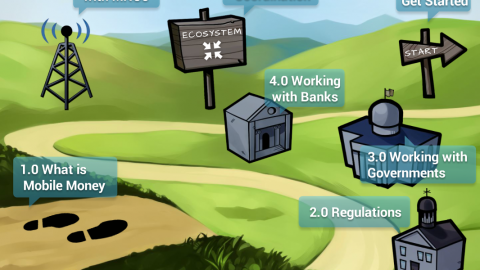Eco-construction et renforcement des compétences communautaires en commune de Thiaré, Sénégal
Dans le cadre du projet de reconstruction de 210 cases en commune de Thiaré, une mission de 3 mois a permis d’analyser les différentes possibilités d’amélioration de l’habitat afin de rendre les constructions plus durables et résistantes aux inondations. Ce rapport présente les résultats de plusieurs phases de tests effectuées de juin à août 2014 […]





